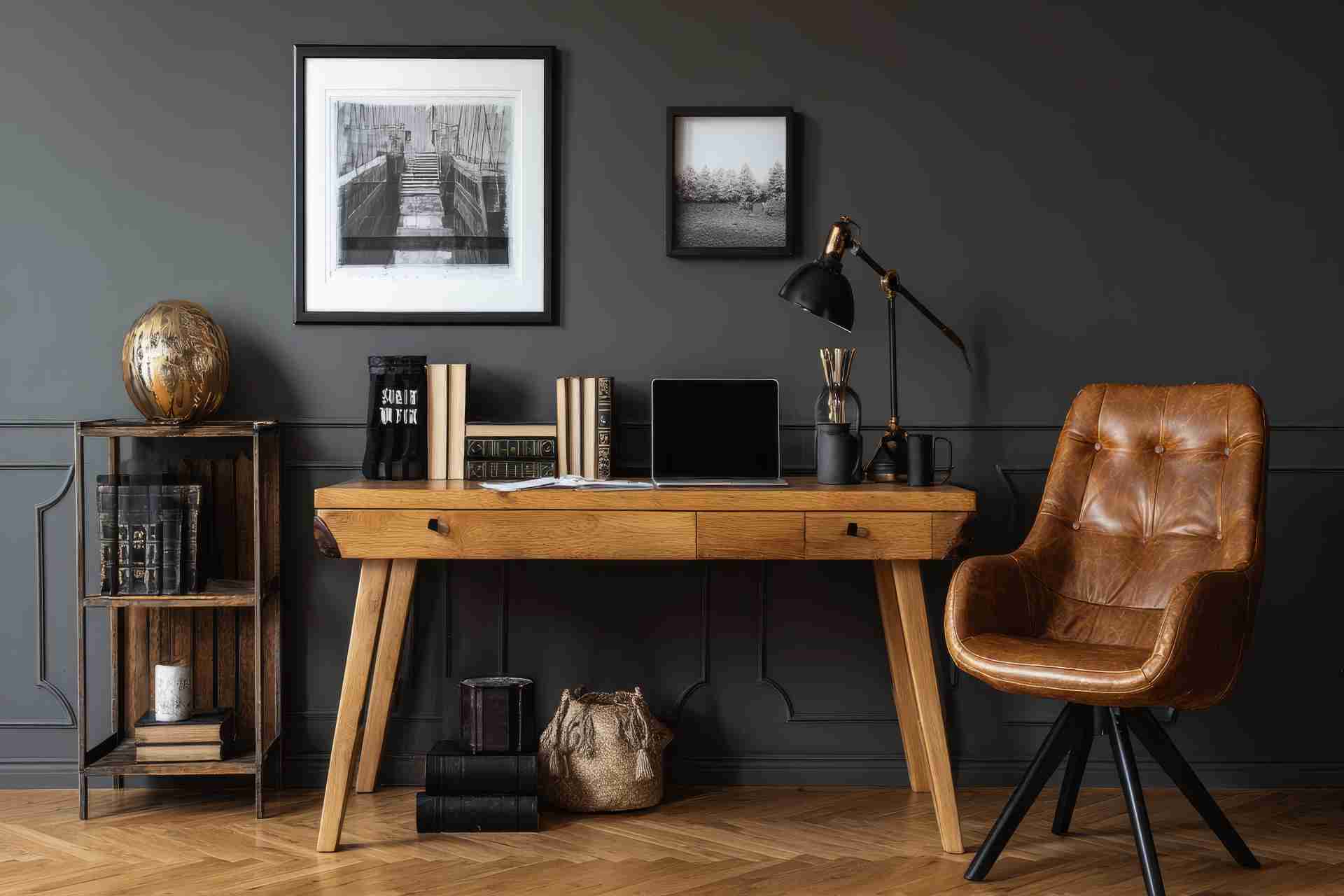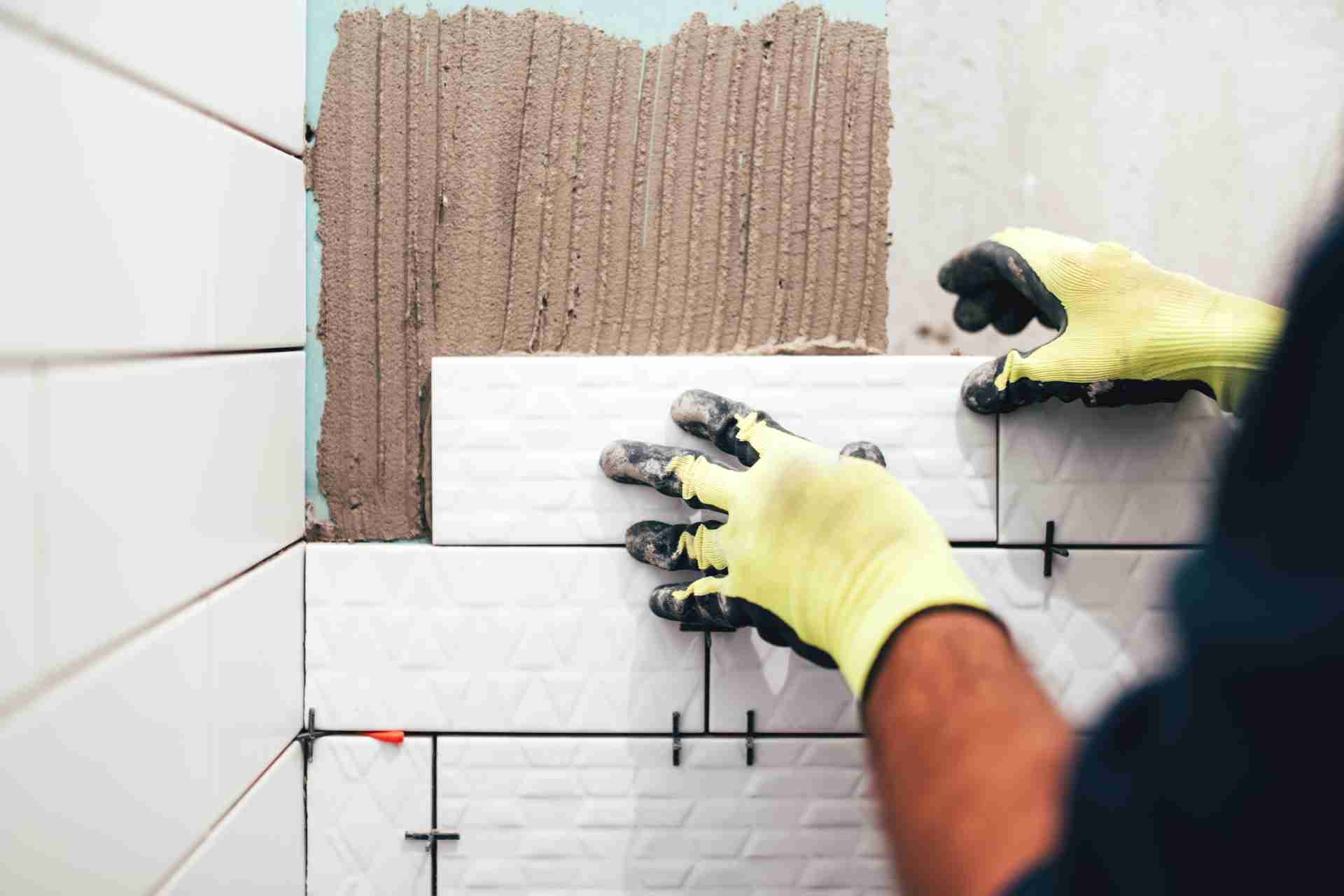
How to set up a productive and stylish home office
Whether you’re working remotely full-time, freelancing, or just need a space to manage household tasks, setting up a well-designed home office can boost your focus and productivity. But you don’t need a whole room to make it work, just a few smart choices can turn any corner into a functional workspace. Here’s what to consider when creating your ideal home office setup:
Finding or creating an office nook
Not everyone has a spare room for an office and that’s okay. A functional office nook can fit into a hallway, living room, or even a large cupboard. Here are a few ideas:
Cupboard/closet offices (“Cloffices”): Remove the doors of a cupboard, add a desk or floating shelf and use vertical space for shelves.
Corner desk setups: Tuck a small L-Shaped desk into a quiet corner of a bedroom or living room.
Under-the-stairs: Use often-wasted space under stairs for a compact desk and storage setup.
Room Dividers: Use bookcases or curtains to create visual separation in a larger shared space.
Tip: Prioritize natural light if possible and avoid high-traffic areas to limit distractions.
Smart storage solutions
Clutter is the enemy of productivity. Choose storage solutions that suit your space and workflow:
Vertical storage: Install floating shelves or wall-mounted organisers to free up desk space.
Rolling Carts: Perfect for mobile storage of office supplies, especially in small or shared spaces.
Under-Desk Cabinets: Ideal for files or tech gear you want within reach but out of sight.
Multi-use furniture: Opt for desks with built-in drawers or a bench that doubles as a filing cabinet.
Pro Tip: Use labelled baskets or bins to keep cords, chargers and paperwork sorted and easily accessible.
Choosing the right desk and chair
These two items are the heart of your workspace, so invest wisely.
Desks
Writing desks: Sleek and minimal, great for laptops and small spaces.
Standing desks: Adjustable height desks are ideal for switching between sitting and standing.
Corner desks: Maximise space and offer more surface area.
Wall-mounted desks: Great for tight spaces and minimalist aesthetics.
Chairs
Ergonomic office chairs: Adjustable height, lumbar support and breathable materials are key for long hours.
Task chairs: Smaller and more affordable, ideal for short work sessions or smaller desks.
Kneeling or saddle chairs: Encourage good posture and relieve back pressure, it’s worth considering for ergonomic variety.
Tip: Don’t skimp on the chair. Your back will thank you.
Must-have home office accessories
Once the essentials are in place, choose a colour theme to inspire creativity, calm and focus. Add accessories that enhance organisation:
Desk lamps: Go for adjustable, dimmable lighting with minimal glare.
Monitor stands: Raise screens to eye level to reduce neck strain.
Cable management tools: Use clips, trays, or sleeves to keep cords tidy.
Whiteboards or cork boards: Great for to-do lists, schedules and quick notes.
Plants: Add greenery to boost mood and improve air quality.
Noise-cancelling headphones: Essential if you’re working in a shared or noisy space.
Desk mats and organisers: Keep pens, notebooks and tech accessories in order.
Final thoughts
Setting up a home office doesn’t have to be overwhelming or expensive. With a few smart choices; the right furniture, a bit of creativity and functional accessories; you can build a space that helps you work better, think clearer and maybe even enjoy Monday mornings a bit more.









